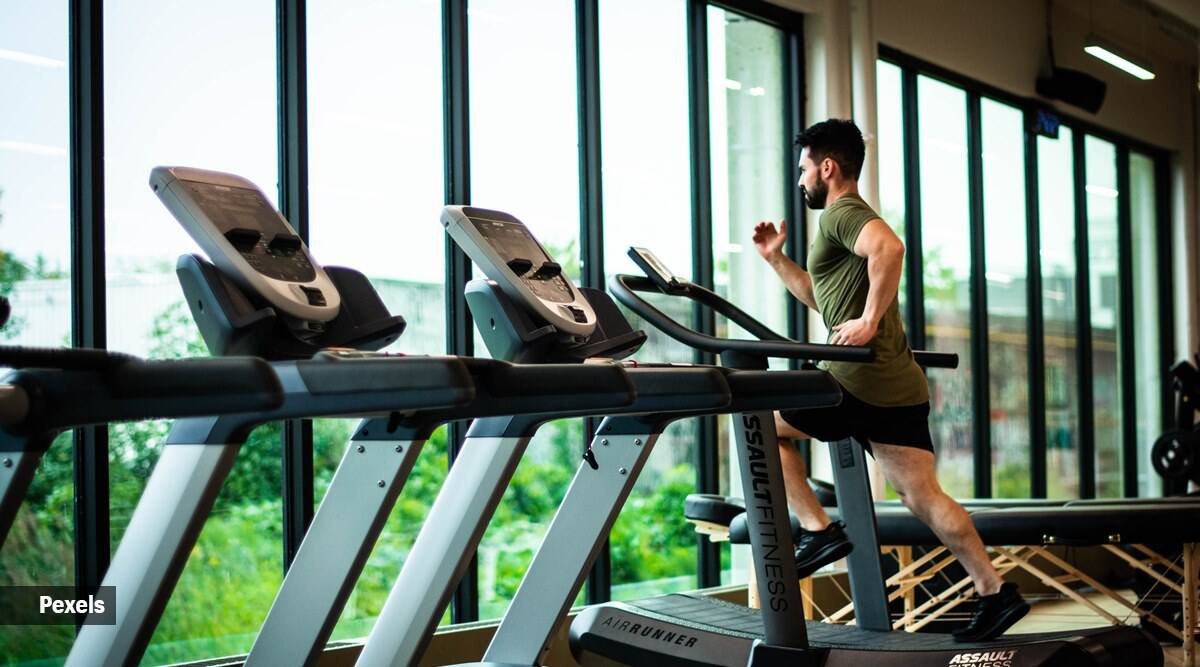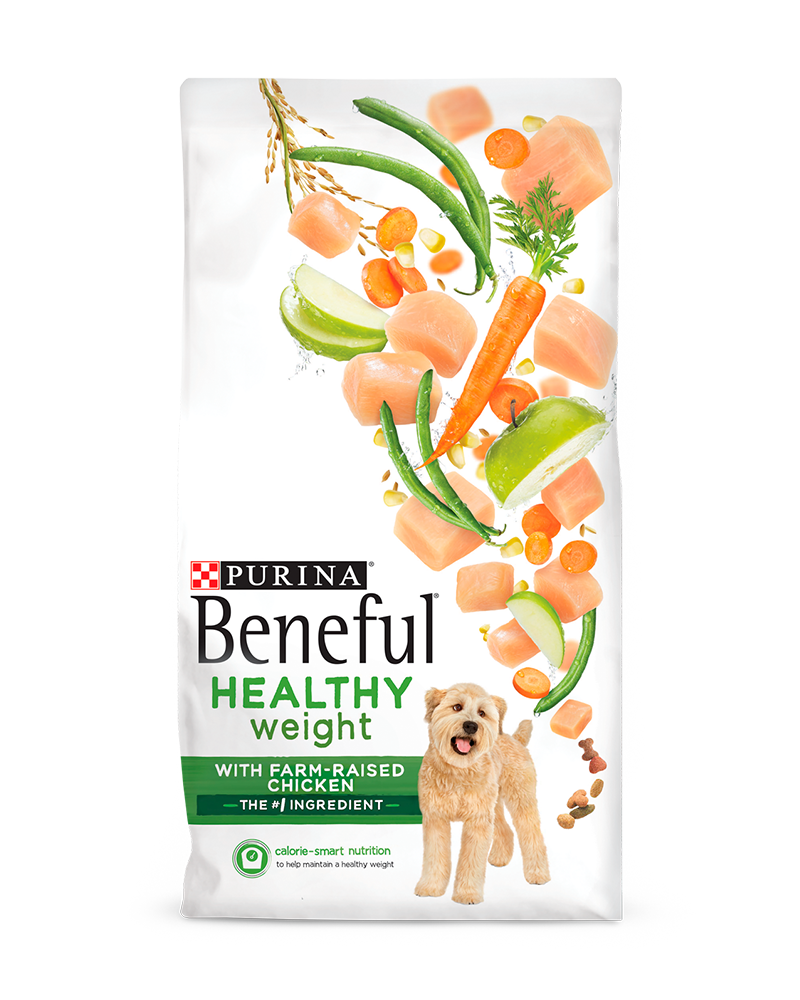
Swimming is a great way to lose weight. Swimming is fun! It burns calories quickly. Below are three workouts that can help to lose fat. Try one or all three, or try a combination of the two. Whatever you decide, you'll see results. Here are some tips to get you started:
You can do more with less
In terms of losing weight and exercising, it is important to remember that a little goes a long. It is possible to burn more calories by swimming faster. Swimming at a faster speed burns more calories that running. Even faster swimming can burn more calories than running. Best of all, it's free! You don't even have to pay anything!

You can speed up your pace
Swimming faster is a great way to lose weight. You will burn more calories the faster you swim. For best results, increase your speed slowly, and start with interval training. Start by completing three laps at a fast pace and one at a slower pace. You should rest for 30 seconds after each lap. Repeat this process for about 60 minutes. You can increase the speed of your swimming or add a kick exercise as you get stronger.
Get out your comfort zone
You don't have to be afraid about open water. Swimming is a form of exercise, so you may as well get out of your comfort zone and get in shape! Start by swimming in shallow water or enlist the help of a friend. Gradually increase your speed and distance. It will be amazing how quickly you lose weight. Swimming is a great exercise for the entire body.
Eat wholesome foods
Swimming is a great way for you to lose weight. But, it's equally important to eat nutritious foods to keep your body healthy and to improve your swimming performance. It is not recommended to eat food that causes stomach problems. It is important to not only choose healthy foods but also to learn how to swim. No matter your level of swimming ability, it's a good idea to eat for swimming. You'll need adequate calories and a balanced ratio of macronutrients to achieve your fitness and performance goals. Learn more about what to eat when swimming by enrolling in the ISSA Nutritionist Training Program.

Plan your diet
Before you begin to plan your diet for swimming, it is crucial that you choose foods that are filling and healthy. A healthy diet should include a variety of vegetables, fruit, protein, and grains. Aim for 3-4 meals per day and eat a snack between workouts. After a swim, you should eat something with high-fiber content, such as fruit or cereal bars. To stay hydrated, you should drink lots of water.
FAQ
How long should I do Intermittent fasting to lose weight?
It is not as easy as you think. There are many factors that need to be taken into consideration when deciding how many days of fasting is necessary for optimal fat loss. These are:
-
Your age. If you are younger than 40, intermittent fasting might be too difficult because you have less time for recovery after each fast. On the other hand, if you're older (over 60), you may find that you don't have enough energy to sustain an extended period of daily fasting.
-
Your current body composition. Longer periods of fasting are more beneficial if you have a lot muscle mass. Shorter fasting might be more appropriate for you if you have less muscle mass.
-
How physically active. If you exercise regularly, you may need to extend your fasting window to ensure that you still get adequate rest between workouts.
-
Your health history. People with heart disease, diabetes, and cancer may require extra fasting monitoring.
-
How well do you tolerate stress? Stressful situations often cause us to eat more. To avoid this problem, you may need to increase the length of your fasting windows.
-
Your diet. Certain diets, like ketogenic diets, may require even longer fasting periods.
-
The quality of sleep you receive. A decreased quality of sleep can also be linked to decreased appetite and metabolism. It may take some trial and error before you find the right combination.
-
The amount of protein that you consume. Protein helps stabilize blood sugar levels, which means that eating more protein could potentially lead to lower insulin levels. This would allow one to fast for longer periods.
-
Individuals who are trying lose or gain weight will require longer fasting times than those who are trying.
-
What proportion of calories do your fasting hours allow you to consume? Fasting for fewer calories a day can result in more fat loss than fasting to eat more calories a day.
-
Your overall fitness level. People who are fit and fast burn more calories per day.
-
Your gender. Men typically have larger appetites than women, so they may need to fast for slightly longer periods of time. Women generally have smaller appetites, so they may only need to fast for about 20-30 minutes every morning.
-
Your lifestyle. Are you someone who is active? Do you do a lot of exercise each week? Are you a worker who sits at a computer all day? These things could impact the speed at which you should go.
-
How much do you spend per month on food? It doesn't always mean that you should spend a lot of money on groceries if you eat healthy foods. Whole grains can be replaced by white bread, fruits can replace candy bars, and lean cuts of meat can be used to save money.
-
You need to be able to control your hunger. Fasting may not be necessary if you don't want skip meals.
Why is exercise important for weight loss?
The human body has incredible capabilities. It was built to move. It's designed to move.
Exercise can also help you lose weight and tone your muscles. This helps you feel happier both mentally and physically. You may have heard people say "exercise is important for weight loss." But why exactly does exercise help lose weight?
-
Exercise improves metabolism. Active people use energy. Moving makes your heart beat faster and blood flows more quickly to your muscles. Your lungs also absorb oxygen. All of these activities are energy-intensive. Your metabolic rate increases, which means you'll burn more calories while exercising. Calories refer to how much energy you use during physical activity.
-
Exercise reduces appetite. When you work out, you will naturally eat less calories.
-
Strengthening your muscles through exercise is key. Muscle tissue uses more energy than fat tissue to function. If you build muscle mass, you will require less food to maintain your weight.
-
Endorphins are released when you exercise. Endorphins are hormones which make you happy. When you exercise, endorphins are released into your bloodstream. Studies have shown that endorphins can block pain signals reaching your brain. This provides a feeling if well-being.
-
Exercise can boost self-esteem. Exercise regularly leads to higher self-esteem. It also leads to a healthier lifestyle.
Make small changes to lose weight. Try adding one of these tips to your routine today.
What foods are good for me to lose weight quickly?
You can lose weight more quickly by eating fewer calories. Two ways to achieve this are:
-
Reduce the amount of calories that you consume each day.
-
You can burn more calories through exercise.
Reducing the number of calories you eat is easier said than done. There are calorie-laden fast food options all around us. But, here's a list of foods that will help you shed those extra pounds.
-
Beans are high on fiber and protein. They have almost no fat making them an excellent choice for dieters looking to reduce their caloric intake.
-
Oatmeal is low on calories but high in nutrients, such as magnesium or potassium. Oatmeal has less sugar than other cereals.
-
Eggs are rich in protein and cholesterol. Eaten eggs one or two times a week can help boost metabolism and allow you to burn more calories.
-
Whole grain bread can reduce hunger pangs, so you might feel fuller for longer.
-
Dark chocolate contains antioxidants and flavonoids that have been linked both to better cardiovascular health and lower blood pressure.
-
Cottage cheese is rich in calcium which aids in bone strength. It also provides a good source of vitamin D, which boosts immunity.
-
Salmon is packed with omega-3 fatty acids, which promote brain development and improve cardiovascular function.
-
Green tea is rich in catechins, compounds which fight cancer and increase metabolism.
-
Broccoli is a great source of folic acid, which reduces homocysteine levels in the blood. A higher risk of developing heart disease and stroke is associated with high homocysteine levels.
-
Yogurt is a great way to add probiotics into your diet without loading up on added sugars. Probiotics are essential for digestive health.
-
Berries make a great snack and are very nutritious. All of these are excellent sources for vitamins and minerals, including blueberries, strawberries and blackberries as well as raspberries and cranberries.
-
Avocados are high in healthy fats. A half avocado has 80 calories but plenty of filling fiber.
-
Nuts make a delicious snack and are also a good source of protein. There are many great options for nuts, including cashews and hazelnuts as well as walnuts, pecans, hazelnuts and hazelnuts.
-
Sweet potatoes are another starchy root vegetable rich in beta carotene. It makes your skin shine. Because of their higher beta carotene levels, orange sweet potatoes are particularly good.
What's the best exercise for busy people?
Exercise at home is the best method to stay fit. You don't need to join any gym. You can perform simple exercises at your home without needing expensive equipment.
You will need a pair, mat, chair, timer, and some dumbbells.
Consistency is the most important thing. If you are absent for a few weeks, you could lose your motivation.
Start by lifting weights 3x per week. This could include squats, lunges, push-ups, pull-ups, dips, curls, etc.
Once you are proficient in these movements, you will be able to do other types of exercise, such as running, jumping, skipping and yoga, pilates, dancing, swimming, weight training and tennis.
Remember to pick the program that best suits your lifestyle when choosing an exercise program. Exercises that take too much energy, for example, might not be a good fit for someone who works long hours.
If you are a night person, it's a good idea to work out during the evening rather that in the morning.
Pay attention to your body. Don't be afraid to stop when you get tired.
Why should you lose weight before reaching 40?
Senior citizens over 40 need to maintain their health, fitness and well-being. It is important to stay fit throughout your life. Regular exercise, healthy eating, moderate alcohol consumption, and quitting smoking are all important.
It is also important to understand that as we get older, our bodies change. Our bones weaken and our muscles shrink. By taking care of our bodies, we can slow the aging process.
Staying healthy and fit throughout your life is a great way to keep yourself young. These are some of the benefits:
-
Better sleep
-
Better mood
-
Increased energy levels
-
Lower risk of cancer
-
A longer life
-
More independence
-
More sex
-
Improved memory
-
Improved concentration
-
Improved circulation
-
Stronger immune system
-
There are fewer aches and pains
How much weight can you lose in one week?
Your current body fat percentage will determine how much weight you can lose. To begin, you need to determine how much weight that you would like to lose. Next, find your BMI (Body Mass Index). Your BMI tells us how much weight you should lose in order to achieve this goal. If your BMI is 25 or greater, you're overweight. If your BMI falls below 30 you are considered obese.
For example, if 200 pounds is your BMI, it would be 28.7. This would mean that you'd have to lose about 70 pounds in order to reach a healthy weight. To see if you're overweight, visit www.healthyminds.com/bmi/.
You can calculate the number of pounds you'll lose each week by knowing your BMI.
(Your Goal Weight - Current Weight)/BMI * 7 Number Of Pounds Lost Per Week
To lose 50 pounds in a month, you would need to exercise for 2 weeks. That's 56 days divided by 7 pounds per day. This works out to 8.3 lbs per week.
You could also try this calculator from www.weightlosscalculator.net. It provides an estimate of the number of calories you should consume each day to lose 12 pound per week.
How often do people fast?
People who are on a ketogenic diet only fast once a week. Some people fast twice a week. Some others fast three days per week.
There is a variation in the length of fasts. Some people fasted for 24 hours and others for 48 hours.
Some people may even stay awake for 72 hours. However, extreme cases like these are rare.
Statistics
- According to a study sponsored by the American Council on Exercise, a person weighing around 140 pounds (64 kg) would burn 108 calories at a 30-minute beginner's Pilates class or 168 calories at an advanced class of the same duration (26). (healthline.com)
- A 12-week study in 20 women with obesity found that walking for 50–70 minutes 3 times per week reduced body fat and waist circumference by an average of 1.5% and 1.1 inches (2.8 cm), respectively (healthline.com)
- According to Harvard Health, it's estimated that a 155-pound (70-kg) person burns around 167 calories per 30 minutes of walking at a moderate pace of 4 mph (6.4 km/h) (5). (healthline.com)
- It's estimated that half of all American adults attempt to lose weight every year (1Trusted (healthline.com)
External Links
How To
How to Intermittent Fasting
Intermittent fasting, a type of dieting that allows you to only eat one time per week, generally Monday through Friday. This allows you to reduce your calorie intake and still get adequate nutrition. This is believed to help you burn more fat than if your meals were regular throughout the week.
The most common form is to limit calories for certain days. This means that you would skip breakfast every morning and then consume whatever food you want during the rest of the day. You can also opt to eat three small meals a day instead of two large.
There are many different forms of intermittent fasting, including alternate day fasting, 5/2 fasts, 8/4 fasts, 16/8 fasts, etc. There are pros and con's to every type of intermittent fasting. Alternate Day Fasting is the easiest to begin because you don’t have to make significant changes in your life. But, there are some people who find it hard to follow such a strict schedule. These people might prefer to try different methods.
If you want to try intermittent fasting, I suggest starting with alternate-day fasting. This will allow you gradually to transition into more extreme fasting habits without changing your lifestyle.